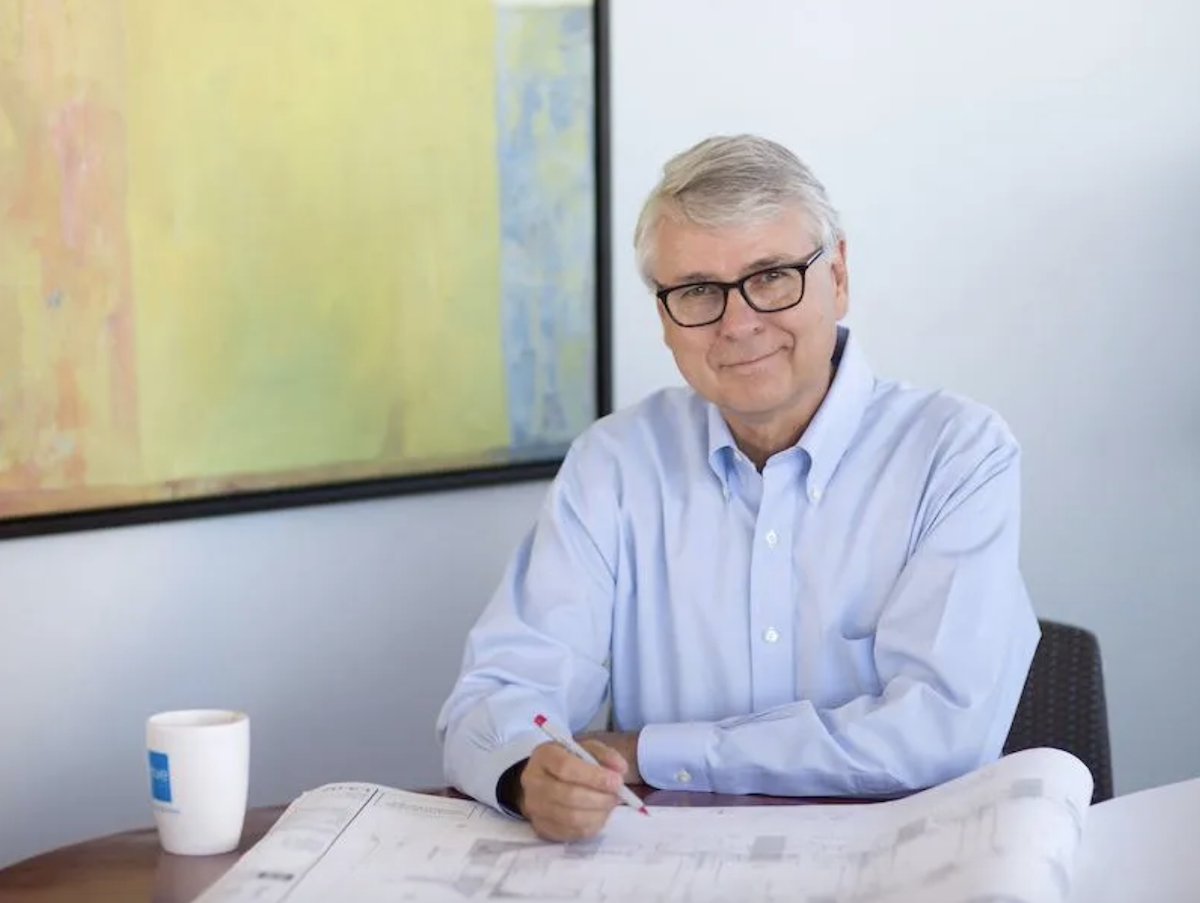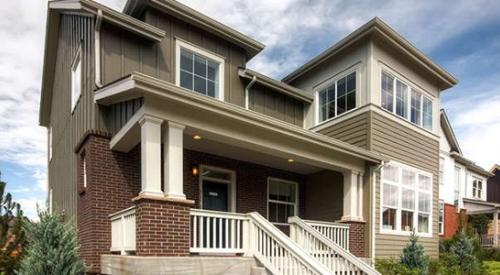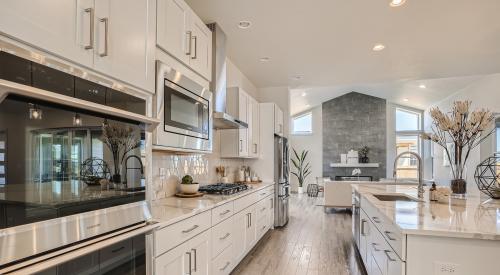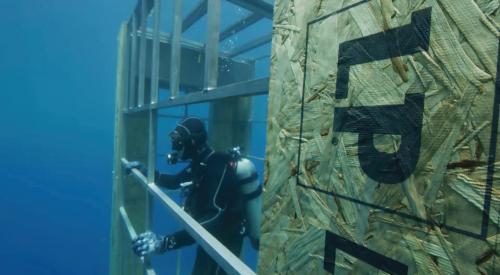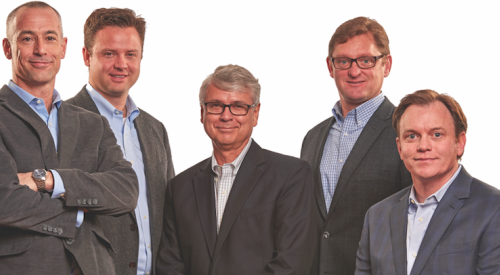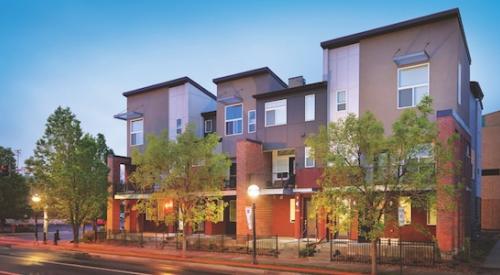There’s a good chance that you may never have heard of Professional Builder’s 2017 Builder of the Year, Denver-based Thrive Home Builders, but that’s only because it’s a new name for the company formerly known as New Town Builders. When I heard about the change, I remember thinking, why would a company change its name, especially when the old name represented a firm with a great reputation for creating beautiful and exceptionally energy-efficient homes? It goes against pretty much everything we’ve learned about building a long-lasting business that people recognize and trust, right? Well, it appears—and not for the first time—that “everything we learned” on this subject may not be true.
It turns out that New Town Builders was not the first name that founder Gene Myers gave his home building company. In 1992, he started Greentree Builders, a name that reflected his desire to focus on building environmentally friendly homes. Greentree trademarked the term Eco-Built and offered guaranteed annual heating bills for its homes, and was one of the first companies to do so.
Seven years later, Greentree trained its sights on New Urbanism and forged a new identity, becoming New Town Builders. New Town didn’t leave sustainability and energy efficiency behind, however. Along with a new emphasis on walkability, diversity of product, and mixed-use communities, New Town actually doubled down on those green concepts. It became one of the first production home builders to include net zero energy as a standard feature.
So, in 2015, when the company wanted to focus on indoor air quality and creating healthy homes, it made sense to choose a name that reflected that shift, and Thrive Home Builders was born.
Looking at the builder’s 25-year history, it becomes clear that continuous innovation is a hallmark of the company. In retrospect, it seems that the directions the company went in were no-brainers, but that was definitely not the case at the time. Thrive was often way ahead of the curve, and many in the industry are still catching up.
And it wasn’t all utopian idealism that drove the firm’s innovation; there has always been a strong business rationale for whatever the company does. Just one example: In the middle of the recession, the principals decided to offer solar as standard. As Gene Myers says, “We gave it away. It was our concession, but we knew [buyers] couldn’t get [standard solar] anywhere else. So we felt like that was the strong product differentiation we needed to survive.”
And survive it did. Thrive made it through the recession and realized what it was doing had legs—that, to quote Gene again, the builder “had a product that would take someone who is not in the market and motivate them to come buy what we build.”
Thrive continues to pursue innovative practices in almost every aspect of its business: sales, human resources, design, construction. Recently, the University of Minnesota invited the builder to check out the tall wall testing it has been doing with Habitat for Humanity. Using sheets of OSB that are 8 feet wide and 24 feet tall, they bring in a crane to place the sheets, then attach them to the foundation, creating the beginnings of walls that are two stories high. There’s more to the system, of course, but it has a lot of promise: speed, economy, and performance, and with far fewer seams than how it’s done now. Thrive plans to build four single-family homes this way over the next year. We hope to let you know how they turn out.
The bottom line is, this is a builder that is always learning, always changing, and always testing the limits. Not everything works, as they’ll be the first to admit, but Thrive has taken significant steps toward improving the homes that it and many others in the industry now build and, with its healthy homes especially, homeowners’ lives as well.
